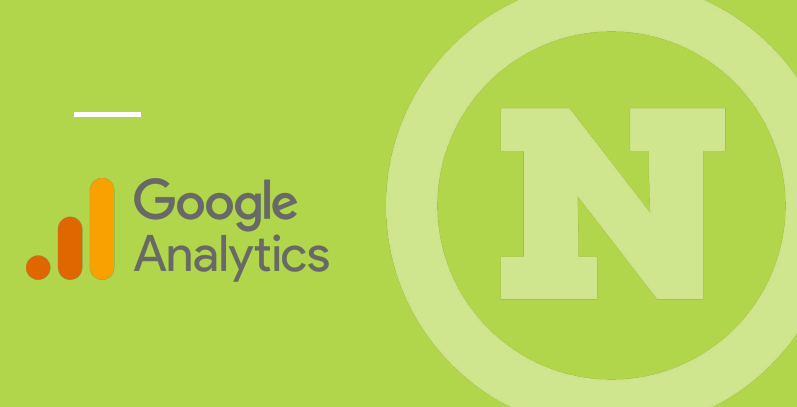In today’s digital age, the vastness and complexity of data can be overwhelming, often leaving institutions feeling like they’re navigating through a dense fog. What causes this haze? Fragmented data, outdated analytics tools, or even a lack of strategic focus. Enter Google Analytics 4 (GA4). Designed with actionable insights in mind, GA4 not only ensures data transparency but also brings forth the right kind of data. For higher education institutions, harnessing GA4 isn’t just about clarity—it’s about gaining actionable insights.
With GA4, institutions can make well-informed decisions, measure the real impact of their efforts, and uncover new understandings about recruitment communications and alumni web behavior. Think of it this way: it’s not merely about having clear data; it’s about having the right data to drive transformative outcomes.
A Step-By-Step Blueprint for GA4 Success
You wouldn’t build a house without a blueprint, and the same goes for your analytics setup. Whether you’re tweaking a single GA4 setting or overhauling your entire tracking infrastructure, planning ahead is a must. Here are five steps to crafting an analytics plan tailored for higher education:
- Define Your Objectives: Understand the goals of your website or digital platform. In a higher education context, this could mean tracking metrics related to student engagement at various stages of your funnel, or alumni engagement with your email outreach. Are you aiming to increase applications, or maybe you’re more focused on a particular target audience like alumni from a graduation year.
- Identify Key Questions: What do you hope to achieve with analytics? What questions should the data answer? This could range from:
- “How effective are our online ads in driving campus visits?”
- “What content most engages our alumni?”
- “Which marketing campaigns drove the most prospective student virtual campus tours?”
- Determine Tracking Needs: List the elements that need tracking—be it domains, subdomains, or specific site features like video lectures or interactive quizzes. For instance, if your application funnel lives on your website you could track how many prospective students start and complete their online application process.
- Decide on Tracking Methods: Choose the best ways to track these elements. This could involve decisions about tracking across multiple domains (perhaps you have a separate site for alumni or admissions), form submissions (like Open House Sign-ups), or specific user behaviors like scrolling or clicking through residence hall photo galleries.
- Assess Current Tracking: If you’re updating your analytics, consider how the new data will compare with the old. This is crucial for longitudinal studies or year-over-year comparisons. For example, if you’re shifting from Universal Analytics to GA4, you’ll want to ensure data continuity.
- Connect Platforms: Determine if you need to add tracking codes or tags to your CRM/Slate forms.
The Higher Ed Perspective: Strategic Alignment
For higher education institutions, the planning phase isn’t merely a technical hurdle—it’s a pivotal strategic maneuver. Delving into the capabilities of GA4 unearths a wealth of insights that many institutions might have previously overlooked.
Beyond basic visitor metrics, GA4 offers:
- User Journey Analytics: Understand the paths students and alumni take through your digital platforms. This can reveal the effectiveness of your content strategy or highlight potential bottlenecks in the student application process.
- Engagement Metrics: Gauge the depth of interaction with your content, from time spent on pages related to specific courses to interactions with virtual campus tours or research publications.
- Audience Segmentation: Identify and study specific user groups, such as prospective students, current students, or alumni. This can inform targeted communication strategies.
- Event Tracking: Monitor specific actions, like downloading a course brochure, signing up for newsletters, or attending a virtual open house.
Your analytics plan should align with your institution’s strategic goals, whether that’s increasing enrollment, boosting alumni donations, or expanding awareness of your research and public impact. The data you collect can inform budget allocations, curriculum development, and even faculty hiring. In essence, GA4 becomes the eyes and ears of your institution’s web and digital properties, providing invaluable insights that can shape your future.
A Methodical Approach to Implementation
Once your blueprint is ready, it’s time to roll up your sleeves. The key is iterative implementation:
- Start Simple: Begin with basic GA4 tracking tags. Confirm they’re functioning as expected by checking real-time data and ensuring it aligns with expected behaviors, such as tracking the number of visitors to your admissions page.
- Layer Complexity: As you gain confidence, introduce more advanced tracking elements. This could include tracking tags for specific marketing materials, custom reports tailored for different departments, or event tracking for items such as student testimonial video plays or downloadable brochures.
- Test, Annotate, Analyze: As you implement, continually test your setup. Make annotations for any changes or anomalies and practice data analysis to ensure you’re gathering the insights you need. For example, if you notice a spike in visits to a particular program’s page after a marketing campaign- you can delve into the metrics to understand what worked, gather team insights, and refine your approach for even better results next time.
Flexibility is Your Friend: Adapting to Change
Even with meticulous planning and implementation, expect some bumps along the road. You’ll make errors, overlook details, or encounter unexpected changes in user behavior or website functionality. The good news? You’re adaptable. You know how to pivot when faced with data anomalies, ensuring that your institution’s decision-making remains data-driven and effective.
The Bottom Line: Empowering Higher Education Through Data
In the realm of higher education, where data-driven decisions have a profound impact on institutional success, the importance of a well-implemented GA4 setup cannot be overstated. It’s not just about avoiding “shady data”; it’s about empowering your institution with the insights needed for success in an increasingly competitive landscape. From student recruitment to alumni relations, GA4 offers a comprehensive toolkit for making informed, strategic decisions.
We’re here to help
If you or your teams need support navigating the Google Analytics transition to GA4, please reach out so we can dicuss your needs, large or small.

Mike Zolnoski is a Senior Level Digital Marketing Strategist at New City with a background in web analytics.

